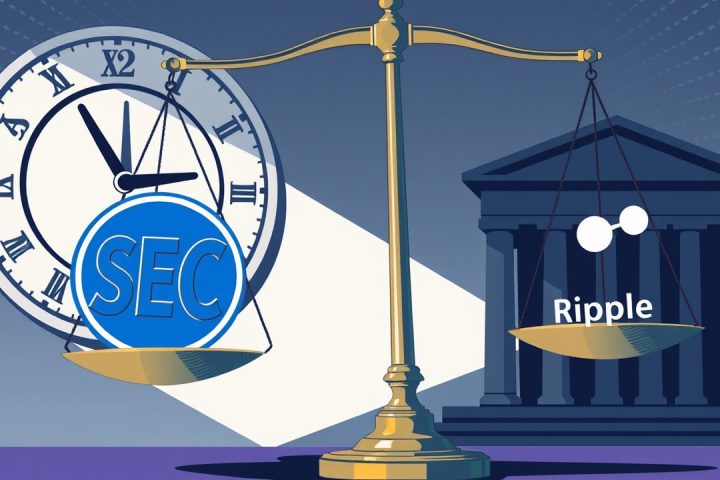Introduction to MiCA Regulation
The introduction of the Markets in Crypto-Assets (MiCA) regulation, the European Union’s first comprehensive framework for cryptocurrencies, has brought unexpected advantages to both crypto exchanges and users across the continent, defying early fears of detrimental impacts on the industry. Nearly 200 days into its implementation, MiCA has prompted numerous prominent exchanges to establish operations in Europe, while simultaneously quelling concerns from critics who predicted that stringent regulations would stifle the crypto market.
Impact on the European Crypto Sector
It appears that instead of risking an exodus of crypto businesses due to excessive regulatory burdens, MiCA is solidifying the European crypto sector. Stakeholders suggest that the regulation is poised to facilitate greater investor acceptance and participation in a more organized marketplace. For instance, prominent figures like Dante Disparte and Patrick Hansen from Circle noted that the evolving regulatory landscape could eliminate less compliant players, thus offering opportunities for well-managed companies to thrive within a uniquely European crypto framework.
Challenges of Compliance
However, navigating compliance with MiCA presents a notable challenge for many cryptocurrency firms. As a new legislative framework, MiCA lacks a comprehensive guide for adherence, which some industry leaders, such as Bybit’s Mazurka Chen, indicate may lead to uncertainty and confusion. Furthermore, the cost of compliance tends to favor larger, more established firms, leaving smaller exchanges at a disadvantage. These pressures may prompt some businesses to withdraw from the market, potentially increasing market share for compliant operators.
Effects on Stablecoin Issuers
For stablecoin issuers, the regulation means that non-compliant products without MiCA-adjusted offerings could soon disappear, creating both a scarcity and a heightened demand for compliant alternatives. This, in turn, may invigorate the local stablecoin scene.
Market Consolidation and Competition
In the competitive landscape, larger exchanges are expected to capitalize on these changes, potentially acquiring smaller, less equipped players. According to Erald Ghoos of OKX Europe, this wave of consolidation will facilitate a clearer distinction between responsible market participants and unlicensed operations, fostering a culture of competition based on trust and reliability.
Regulatory Balance with Traditional Financial Entities
On another front, MiCA also establishes a more balanced regulatory playing field between cryptocurrency firms and traditional financial entities, such as banks and trading institutions like eToro. Bybit EU’s Georg Harer emphasized that firms operating under MiCA are now subject to equivalent Anti-Money Laundering (AML) protocols as large banking institutions, effectively erasing previous concerns and obstacles for collaborations.
Investor Benefits and Market Integrity
For investors, this alignment enhances access to traditional financial services and offers greater security for their assets. As Bybit’s CEO Ben Zhou shared, being licensed allows exchanges to facilitate smoother banking transactions for clients, thus attracting a wider range of institutions, including family offices and various trading entities that hesitated due to licensing uncertainties.
Diversification and Enhanced Protections
The implementation of MiCA also presents an opportunity for crypto exchanges to diversify their offerings, as they can now trade traditional financial assets alongside cryptocurrencies. The regulations aim to bolster investor protection and uphold market integrity by enforcing rigorous reporting standards and safeguarding client assets. Harer noted the importance of these protections, especially in light of past incidents involving mismanagement of client funds, which are now subject to stricter scrutiny.
Conclusion and Future Outlook
Recent developments have seen significant players like Coinbase, OKX, and Bybit successfully obtain their MiCA licenses, signaling a robust upward trend within the market according to Zhou. As more exchanges begin their European ventures, the anticipated increase in competition could inspire regulators from other regions to adopt similar comprehensive frameworks, responding to the global push for clear and enforceable crypto regulations.




